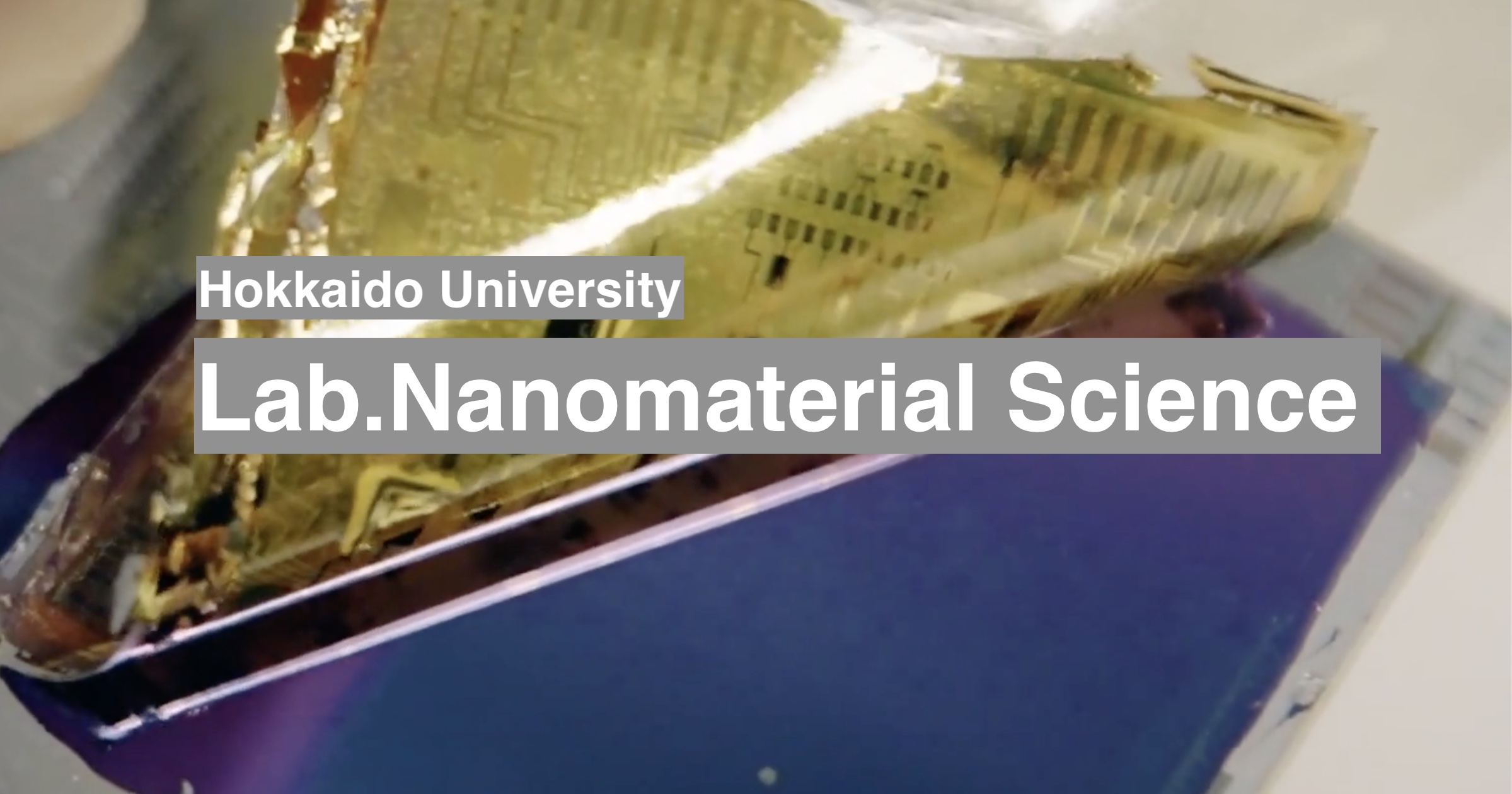Research vision
A research goals in this group are to achieve flexible multi-functional systems interacted with devices and humans that would overcome the next innovative breakthroughs and to develop new device process for next generation semiconductor devices. The keyword is interdisciplinary studies by combining “material innovations” and “device innovations”.
Prof. Takei’s group
Nanomaterial printings

High performance electronics on user-defined substrates gets becoming one of the hottest topics for the future electronics. However, crystalline materials, especially inorganic materials, are usually required a crystal substrate for epitaxial growth and/or high temperature process. For the flexible electronics, the substrates are usually amorphous and are not compatible with high temperature processes. These make a high barrier to realize high performance electronics on arbitrary substrates by using inorganic materials. To address the issues, we have proposed some nanomaterial printing techniques where we can uniformly form nanomaterial films on any types of surfaces such as a plastic, paper, and glass as shown in Figures. In our contributions, we aim to demonstrate high performance transistors including integrated circuits, sensors, and actuators as a new class of electronics such as surface interactive electronics.
Flexible electronics
Flexible electronics is a new class of next generation devices that have applications such as wearable electronics. However there are several bottlenecks such as the fact that current standard materials for electronics such as silicon are mechanically rigid. Another problem is even if mechanically flexible materials are used, how integrated circuits can be fabricated on flexible substrates. Currently, there are three major candidates for the fabrication of flexible electronics. Organic materials and epitaxial microfilm transfer are promising approaches for flexible electronics. However there are advantage and disadvantage using these materials/techniques. Our approach is slightly different and unique. Our method is inorganic semiconductor nanomaterial (nanowires and nanotubes) printing or painting on macro-scale flexible substrates. By using these material systems, the performance is significantly improved on even flexible substrates with low cost processing. In addition to the high performance of the field-effect transistors, the mechanical reliability of devices fabricated using this method is also very high. No performance degradation has been observed while bending the substrates. This demonstrations prove that the proposed approach is truly a promising candidate for future wearable electronics which require low-voltage/power operation (high mobility), macroscale assembly, flexible substrates, and low cost processing. We are now moving forward to demonstrate a system that allows us to use this concept for practical applications. In addition, by arranging device structures and materials, we are developing multimodal flexible sensor sheets for wearable healthcare/medical and IoT applications as shown in Figures. Furthermore, to realize low power consumption and simpler system, machine learning, called reservoir computing, is also studying to incorporate with multimodal flexible sensor as multi-tasking sensor system.
